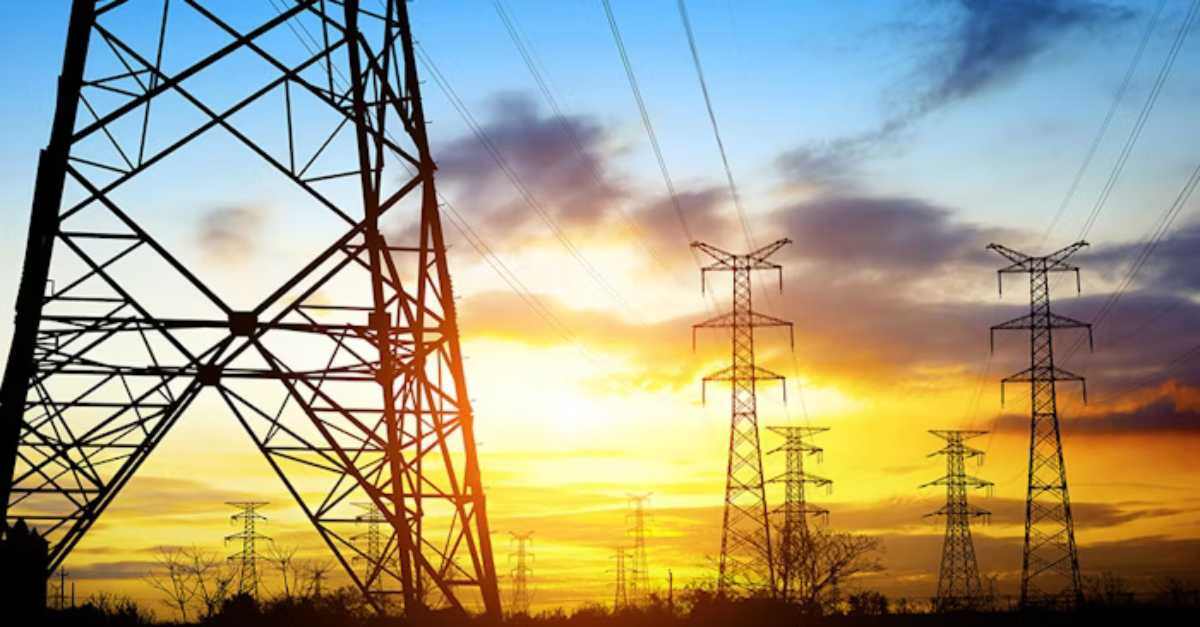
What is an Energy Management System (EMS)?
Discover how energy management systems enhance energy monitoring, conservation, and budgeting, while boosting sustainability efforts in your ...
Solutions
Workplace Management Solutions
Real Estate Management Solutions
Maintenance Management Solutions
Energy Management Solutions
Engineering Document Management Solutions
Asset Management Solutions
Automate campus scheduling for classes, meetings, and exams with our EMS software.
Plan and manage conferences effortlessly with EMS software to impress guests and streamline operations.
Boost workplace flexibility and maximize space use with seamless desk and room booking.
Organize workplace or campus events smoothly, creating memorable experiences.
Optimize workspace, manage allocations efficiently, and reduce costs with our space management solutions.
Deliver projects on time and within budget by improving communication, collaboration, and efficiency with our software.
Streamline lease accounting for ASC 842, IFRS, and GASB compliance.
Manage leases efficiently by tracking key dates, analyzing costs, and ensuring compliance.
Centralize data and analytics for better insights, faster negotiations, and revenue growth.
Centralize facility and asset maintenance, automate work orders, and ensure compliance with our CMMS software.
Extend asset life, reduce downtime, and prevent costly repairs with data-driven monitoring.
Prevent equipment failures and extend asset life by detecting and addressing issues early.
Make sustainable, cost-efficient energy decisions by monitoring and optimizing power consumption.
Remotely monitor and control equipment with real-time data to predict issues, boost efficiency, and reduce downtime.
Easily share and collaborate on documents, creating a single source of truth for engineers and contractors.
Manage and analyze assets across their lifecycle to schedule maintenance, reduce downtime, and extend lifespan.
Improve visibility, automate work orders, and ensure compliance for efficient facility and asset management.
Resources
Browse our full library of resources all in one place, including webinars, whitepapers, podcast episodes, and more.
Support
Looking for access to technical support, best practices, helpful videos, or training tools? You’ve come to the right place.
About Accruent
Get the latest information on Accruent, our solutions, events, and the company at large.

Explore how Energy Demand Response programs can help your organization identify energy consumption trends and allow your organization to address it to keep costs down.
Table of contents
As energy prices continue to rise, companies are finding other ways to reduce energy consumption and lower costs: Energy Demand Response programs.
Currently, about 30% of utility companies have some type of Energy Demand Response program in place. The other 70% are implementing a program or considering the benefits of a program, such as reducing the burden on their infrastructure and providing key consumers of energy a way to save money.1
Energy Demand Response programs allow consumers to reduce their energy use or shift their energy use during peak energy consumption periods, resulting in lower costs and financial incentives like credits on energy bills for those who choose to participate.
Recently, Load Response and Price Response programs were introduced in an effort to bring down costs and reduce energy consumption in the US. Each program includes unique sub-programs that offer relief to the soaring costs of an organization’s energy consumption.
Sponsored by utility companies, Load Response programs focus on reducing energy consumption. There are three types of Load Response programs:
Typically not sponsored by utility companies, Price Response programs focus on reducing energy consumption based on financial savings or rewards. There are three types of Price Response programs2:
Using an Energy Demand Response program can have a significant impact on an organization’s bottom line. By implementing one of these programs, participants can see an energy savings of between 10-66%.3
Per kW of reduced energy used, utilities often offer a payment range average of $125-$400 to participants. The return on investment averages 2-4 years, with very little additional oversight or maintenance needed by employees. With this kind of ROI, it’s easy to see why these programs have become so popular. To make these programs even more tempting, up to 100% of participants’ program equipment expenses can be covered (dependent on the program in your area).
Accruent offers the ability to utilize these energy demand response programs through a customizable rules engine in our energy management software. With our remote monitoring and IoT solution, large consumers of energy can respond strategically to changes in consumption costs that can play a significant role in your cost-reduction strategies. This insight allows you to move peak energy usage hours and save money during these costly energy hours by turning off key pieces of equipment, dropping setpoint changes on temperature-sensitive equipment, and cycling HVAC systems.
For example, you can anticipate paying an increase for using electricity between 5pm and 7pm. To minimize the cost incurred during this timeframe, Accruent’s solution creates a demand response program strategy to drive down chiller and freezer temperatures in the 30 minutes prior to the electricity cost increase window.
Minutes before the increase window, Accruent’s energy management software can:
Once the electricity cost increase window has closed, Accruent’s solution automatically returns all parameters to their default state, and provides automatic compliance and audit reports of changes. The cumulative effect of these minor changes, especially at the enterprise level, can produce annualized savings in the millions of dollars.
Energy consumption and the costs associated with it, have a significant impact on your organization’s bottom line. Investing in a software that can help you take advantage of an energy demand response program can unlock savings for your organization.
Ready to learn more? Contact Accruent today to reduce your energy consumption and spend!
Discover how energy management systems enhance energy monitoring, conservation, and budgeting, while boosting sustainability efforts in your ...
Here’s what you need to know about the current energy management landscape and how to prepare your organization for the future.
Learn how to effectively track your manufacturing organization's energy consumption using Maintenance Connection CMMS.
Subscribe to stay up to date with our latest news, resources and best practices.
* To unsubscribe at any time, please use the “Unsubscribe” link included in the footer of our emails.